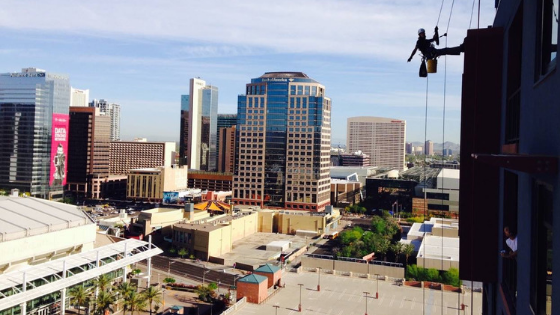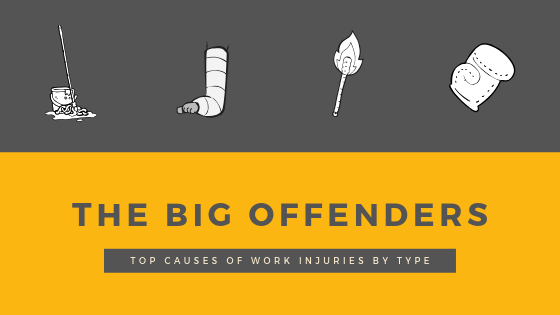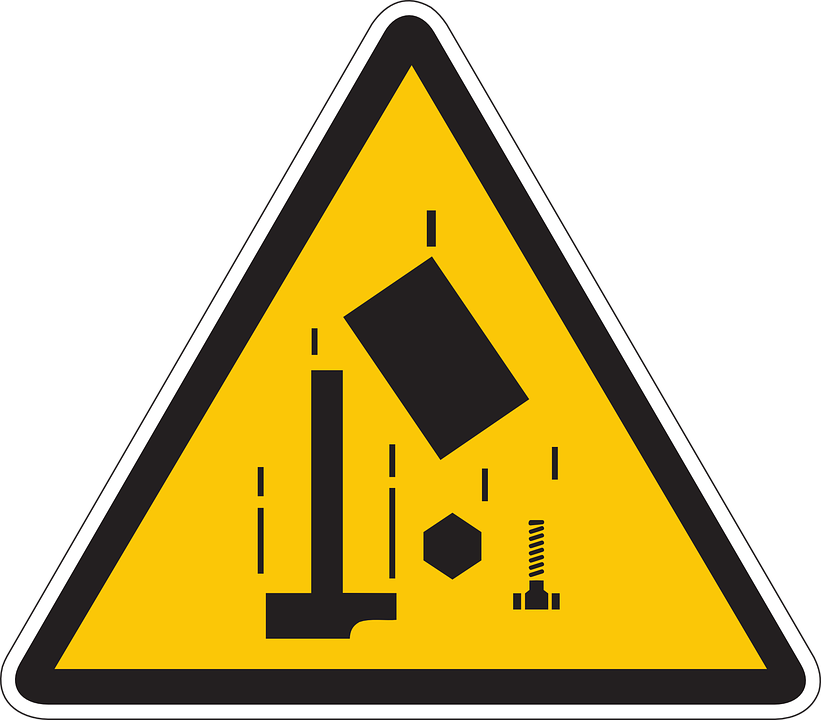
In the construction industry alone, over 80,000 workers sustain injuries from workplace accidents every year. Despite the heightened efforts to make every work surface a 0 accident area, statistics show that a lot more must be done to completely eliminate workplace accidents.
The Cost of Workplace Accidents
A single workplace accident comes with a heavy financial cost. This includes losses and expenses in terms of production, man-hours, and healthcare. In addition to these financial losses, workplace injuries also result to valuation of human costs.
The first step to eliminating workplace accidents and promoting the safety of workers is understanding the risks and taking steps to prevent them.
Having said that, following are the top 5 tips to help prevent injuries in the workplace:
- Wear PPE – PPE is among the most essential pieces of equipment designed to protect users from risks. These include safety gear such as gloves, helmet, high visibility clothing, safety footwear, and eye protection, among others. While PPE helps promote a safer work environment, studies reveal that a shocking 98% of workers say they’ve seen other workers in their work area who were not using the proper PPE equipment. Reasons cited include poor fit, discomfort, and lack of accessibility.
Your legal mandate as an employer is to provide a work environment that is safe for your employees. The 1992 Personal Protective Equipment (PPE) at Work law stipulates that employers should take reasonable steps to make sure that workers use the provided PPE responsibly and properly.
The PPE must be:
- Stored
and maintained properly
- Assessed properly before being used to make sure it is appropriate for the intended purpose
- Provided with clear instructions on its safe use
- Used the right way by workers
Although this has been often neglected, employees must also have sufficient training on the proper use, care, fit, and storage of the provided PPE.
- Tether Tools & Equipment – Tool tethering is another essential precaution which needs to be taken to reduce risk of injuries and damage from dropped objects. Tethers can range from simple lanyards, retracting lanyards, belt cases, harnesses, bags and wraps, and more.
Regulations like ANSI/ISEA 121-2018: American National Standard For Dropped Object Prevention Solutions are starting to be implemented and companies are cracking down on safety measures to enhance risk management and reduce costs due to injury, deaths, and equipment damages.
Creating a Safe Work Environment
Common practices at work may result to workplace injuries. Any potential hazards must be dealt with right away. The HSE reports that 24% of all workplace accidents are due to slips and falls.
These accidents resulted from dangers that are deemed preventable like poor lighting, trailing cables, and slippery floor surfaces. Preventive measures are typically straightforward so there’s no reason not to act promptly: repair broken steps, mop spillages right away, and encourage your staff to report maintenance lapses right away so immediate fixes can be implemented.
Creating a Culture of Safety
Employers are responsible for protecting and informing their workers about all safety and health issues affecting them. It is crucial that safety and health policies are communicated to everyone. These include training sessions, induction packs, and staff handbooks. By promoting a culture of safety, workers learn and understand the value of safety and health at work.
Giving proper training to workers can also reduce the risk of injuries. This is because educated and well-informed workers are less likely to figure in an accident. They are fully aware about the potential hazards they may face.
The employer must also review existing policies on a yearly basis or as often as necessary to make sure that they are always compliant with legislations.
Carrying out Risk Assessment
Prevention, as they say, is always the best cure. The law requires every business to perform health and safety assessments to spot the possible hazards in their respective workplaces. Risk assessment guide businesses in understanding the things they need to do in assessing and controlling workplace risks, as well as in complying with existing health and safety laws.
Risk assessment lowers accident rates by formally evaluating areas at work, identifying existing hazards, then determining the possible injuries or accidents that may happen. For instance, do workers need to work at height or carry heavy loads? A written account of your risk assessment, and every step you take is important to mitigate the risk of accidents.
Using Clear Signage
The law requires posting of clearly marked signage in all areas that pose potential hazards. This is for the information of workers. Even if your small business isn’t mandated to comply, posting these signs can be invaluable in protecting your workers.
As an employer, it is vital that you make sure your employees know and understand what the safety signals and signs mean. They may obtain information through training, bulletin board notices, or word of mouth at work.





